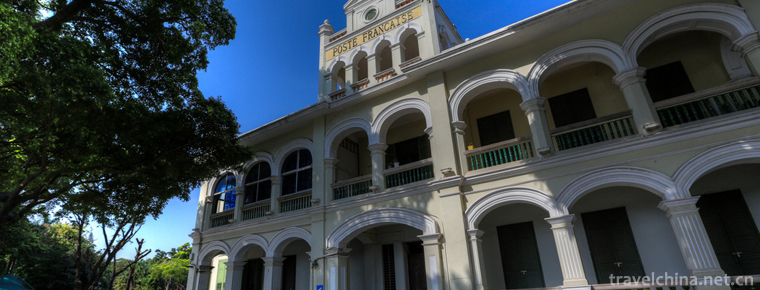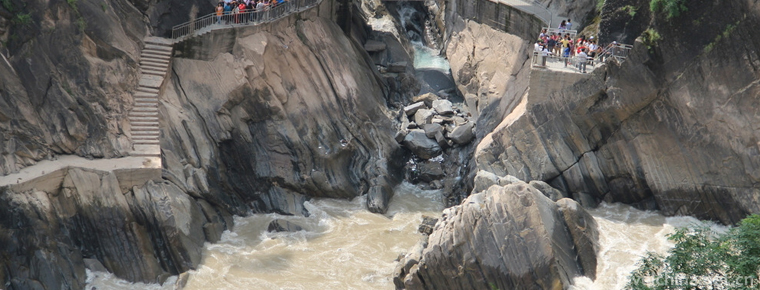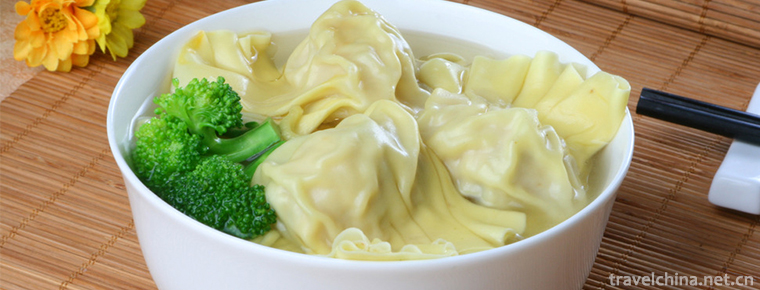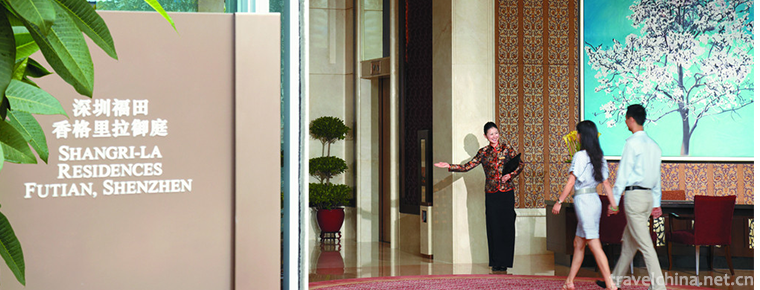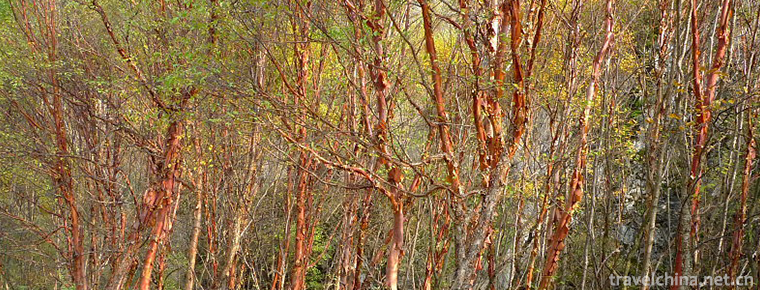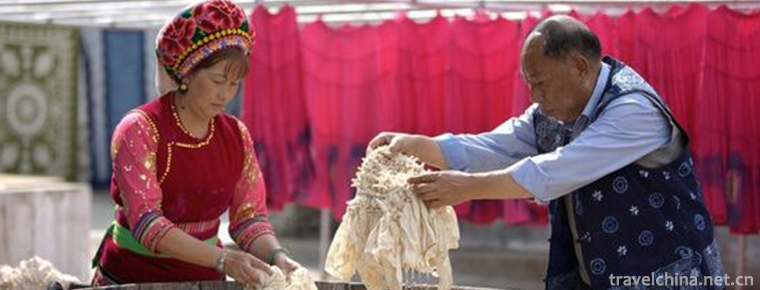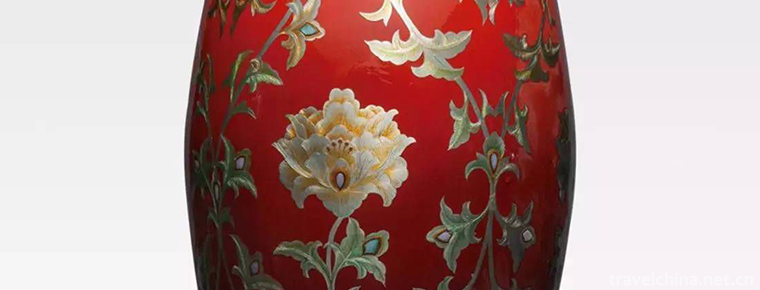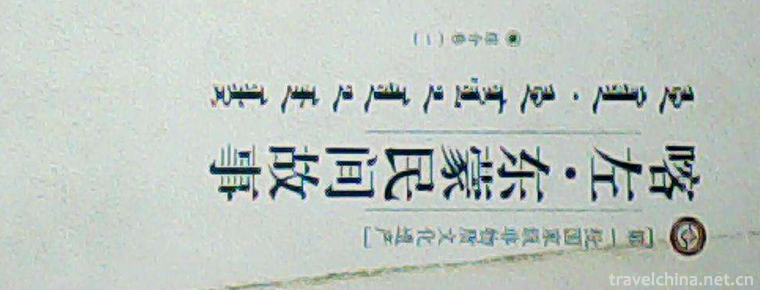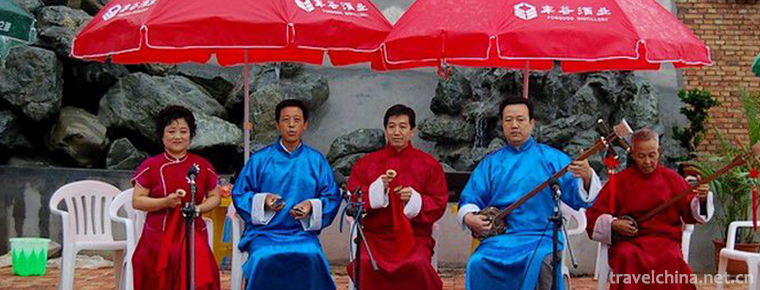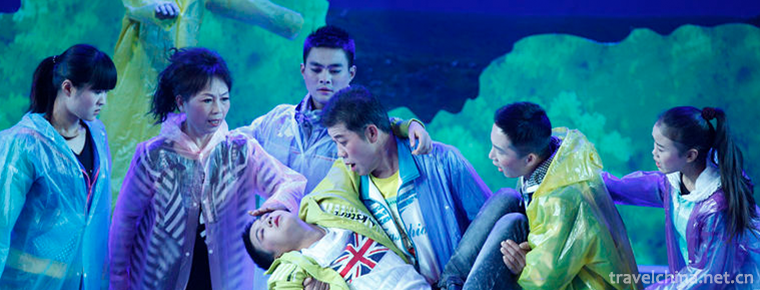Turtle Head Islet
Yuantouzhu is a peninsula lying on the northwest coast of Taihu Lake in Wuxi. It is named for its huge stone bursting into the lake in the shape of a tortoise with its head held high. Yuantouzhu was built in 1916 and now covers an area of 539 hectares. On October 26, 2012, Yuantouzhu was promoted to the national 5A scenic spot.
Yuantouzhu has many landscapes, such as Yinxiu in Chongshan, Yinghui in Luding, Chuntao in Yuzhu, Hengyun Villa, Guangfu Temple, Xiandao in Taihu Lake, Lanyuan in Jiangnan, Cherry Blossom Friendship Forest in China and Japan. Taihu Yuantouzhu Scenic Area has become a tourist resort.
In Xiaoliang period, Guangfu Temple was built here, which is one of the 480 temples in Southern Dynasty.
Before the Ming Dynasty, Yuantouzhu had been the aspiration of people. Maolin Xiuzhu, cliff cliffs, cliff stone carvings, with the Taihu Lake shining into interesting, is considered to be Wuxi within the "Peach Blossom Source". In the Ming Dynasty, Gao Panlong, the leader of the Donglin Party, left a relic of "Yuantou Zhubian Zhuzu". In the early Ming Dynasty, "Spring Rise of Taihu Lake" was listed as one of the "Eight Sceneries of Wuxi". At the end of Ming Dynasty, Gao Panlong, the leader of Donglin Party, often came here to sing on the waves, leaving the ruins of "Yuantou Zhubian Zhuzu". There are many works sung by literati and refined scholars. At the end of Qing Dynasty, Liao Lun of Zhixian County in Wuxi inscribed two cliff inscriptions on the cliffs of Linhu Lake: "Including Wuyue" and "Hengyun".
Since 1918, celebrities and dignitaries have built private gardens and villas near Yuantouzhu. The Yuantouzhu Park, which was built in 1918, was once Chiang Kai-shek's private garden. It can be called "the first scenic spot in Wuxi". Form the embryonic form of Yuantouzhu Scenic Area. Yuantouzhu was built in 1931. Zhongtang book has "natural painting" amount, the two sides of the sill are linked with "mountain horizon track", Zhuzhi Yingtou, as far as the lake light open green fields; rain roll beads curtain, clouds brush painting buildings. From here to the left, you can climb Feiyun Pavilion and Jinsong Tower. Shutian Pavilion stands tall and towering on the top of the mountain. When you climb the pavilion, you can see the whole Taihu Lake.
In the early years of the Republic of China, Yang Hanxi, a Wuxi native, purchased 60 mu of mountainous land here, and in 1918 he began the initial development of Yuantouzhu and began to construct "Hengyun Villa". In 1924, he allocated more than one mu of land to the monks, who moved the Guangfu Temple of Houshan to the area by collecting money from him, and renamed it Guangfu Temple. In 1925, Yang Hanxi used his status as chairman of Wuxi Business Group to collect funds to build Taozhu Pavilion in business circles. During the Anti-Japanese War, it was renamed Hengyun Park.
There are also "Taihu Villa" built by Wang Xinru in 1927, "Ruoyuan" built by Chen Zhongyan in 1928, "Zhengyuan" built by Zheng Mingshan in 1931, and the retirement of He Qiwu and Cai Shusan. At that time, because of the obstruction of Lihu Lake and the inconvenience of transportation, there were not many tourists. On his 60th birthday in 1934, Mr. Rong Desheng built a 375-metre-long bridge on Lihu Lake with his birthday ceremony, named "Baojie Bridge" because the southern end of the bridge was erected on the Baojie Mountain. From then on, he communicated the land traffic between the northern banks of Lihuan Province, and connected the scenery of Meiyuan, Liyuan and Yitouzhu to facilitate tourists to visit and lie on the long bridge. Bo, just to the Lihu waist, 60 bridge holes under the bridge symbolize Mr. Rong Desheng's 60th birthday, reminding people not to forget to build bridges.
After liberation, the government merged the original gardens and villas into "Yuantouzhu Park". Since 1982, a large-scale expansion has been carried out. Its area has expanded from 480 Mu to 1950 mu. It is called "a scenic spot with a district". There are ten scenic spots in the garden (Yuanzhu Chuntao, Wanlang Snow, Luwan Summer, Hushan True Meaning, Luding Yinghui, Chongshan Hidden Show, Lotus Root Deep, Shili Fangjie, Zhongqiang Morning Fog, Sanshan Yingbi). Yuanzhu Chuntao scenic spot is the essence of the whole garden.
In the 1980s, it was expanded on a large scale with a tourist area of 130 hectares.
geographical position
Yuantouzhu Scenic Area is located in the southwest of Wuxi City, Jiangsu Province. It is located on the northwest Bank of Taihu Lake. Its northern latitude is 31 31 30 and its eastern longitude is 120 12 52. It is 22 kilometers from Wuxi Airport, 16 kilometers from railway station and 18 kilometers from urban area. The scenic spot relies on three cities: Wuxi North, Wuxi East and Wuxi Nanquan around Taihu Lake Expressway. Among them, Wuxi East Exit of Shanghai-Nanjing Expressway connects Taihu Avenue directly to the scenic spot. In addition, Xicheng, Xiyi and Ninghang Expressway can reach the scenic spot quickly and conveniently.
Topography and topography
Yuantouzhu Scenic Area is a peninsula in Wuxi on the northwest coast of Taihu Lake. It is surrounded by water on three sides. It consists of Baojie Mountain, Luding Mountain, Nanqian Mountain and its nearby Zhongqian Mountain and Sanshan Island. It looks like the head of a floating eagle.
Yuantouzhu Scenic Area is a famous modern garden. It was built at the beginning of the last century. Since the last century, a large number of private gardens absorbing western culture have sprung up in Wuxi. Yuantouzhu is the largest one. It was built in 1918 by Yang Hanxi, president of Wuxi Chamber of Commerce in the late Qing Dynasty. At that time, he ingeniously used the real mountains and rivers to build the garden. He built the private garden in a natural way, which was also the best place to appreciate the Taihu Lake water. In 1958, Guo Moruo's visit to Taihu Lake also left behind the poem "Taihu Lake is a wonderful place, after all, in the head of the elbow". The development of Yuantouzhu Scenic Spot has gone through two stages. One is the garden built in the last century, which is also the essence of the whole scenic spot. The other is the large-scale expansion after the 1980s, which has expanded the area from 60 acres to 1960 acres. It can be divided into ten scenic spots with different functions, such as sightseeing, Taoist culture. The scenic area has convenient land and water transportation. There are also sanatoriums and resort islands suitable for vacation and leisure around the scenic spot. At present, Yuantouzhu has an annual reception of about 2.2 million, which has become a golden tourist spot on East China's tourism line. With so many tourists coming to visit our scenic spot, the key is that the scenic spot is enjoyable all year round. They are spring flower, autumn moon, summer lotus and winter snow.
Yuantouzhu occupies the most beautiful corner of Taihu Lake. Looking south, Taihu Lake has the atmosphere of Qingdao seaside; looking north, Taihu Lake has the beautiful scenery of Hangzhou West Lake. In this natural landscape of real mountains and rivers, it is supplemented by ingenious artificial decoration, making it the most ideal scenic spot for viewing Taihu Lake. Guo Moruo, a poet, made a comment on "Taihu Lake is a wonderful place, after all, at the head of the elbow". Yuantouzhu attracts literati and scholars from all ages and countless Chinese and foreign tourists with its endless wind and moon of "not high and elegant mountains, not deep and vast waters", as well as its magical changeable scenes of sunshine, rain and sunshine in the morning, midnight, spring, autumn, summer, lotus, winter and snow.
You must visit Taihu Lake in Wuxi and Yuantouzhu in Taihu Lake. The scenery of Yuantouzhu is beautiful and natural. It is the essence of Taihu Lake scenery, so it is called "the first scenic spot of Taihu Lake".
Yuantouzhu Scenic Area has a wide range of scenic spots. It can first climb Luding Mountain Shutian Pavilion, overlook the four sides, wash one's mind, then go to Yuantouzhu, or walk around the flower path, or walk barefoot on the low beach, or take a boat to get on the surface of Taohu Lake, sit on reefs and meditate on buildings, taste the beauty of Taihu Mountain and Water, and finally take a boat to cross the lake to explore the Lingxiu, Xiandao, Taihu Island. Magic is wonderful. The main scenic spots of Yuantouzhu include Yuantouzhu archway, archway, Changchun Huayi, seven-masted sailboat, Strait-friendly stone tablet, Xu Xiake bronze statue, lotus root depths, Wuxi travel, Yuanzhu lighthouse, Yuanzhu Chuntao, cliff stone carving, Zhenze Shenyi, Chenglantang and so on.
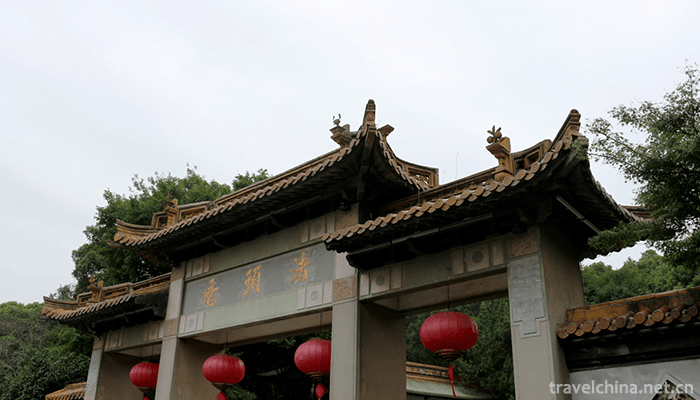
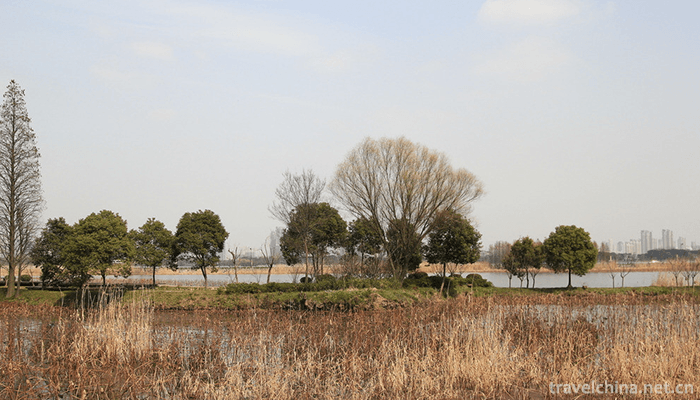
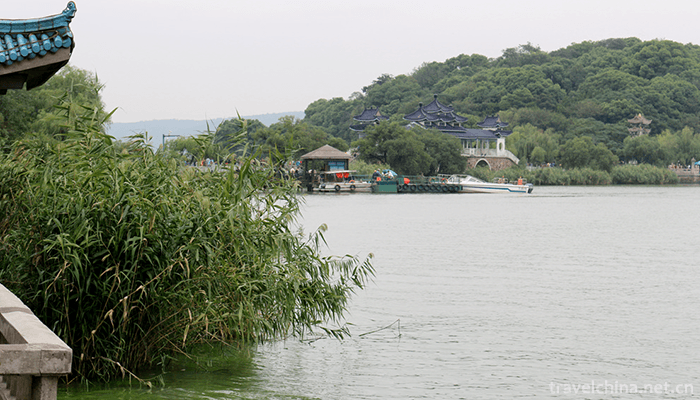
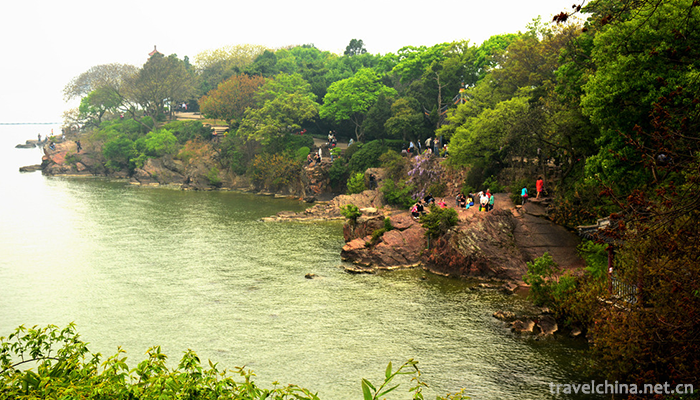
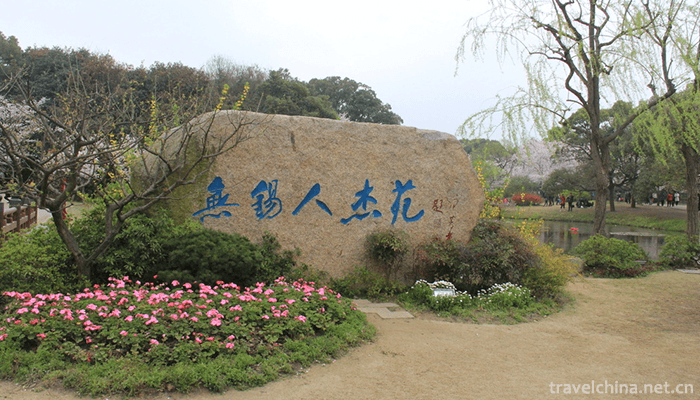
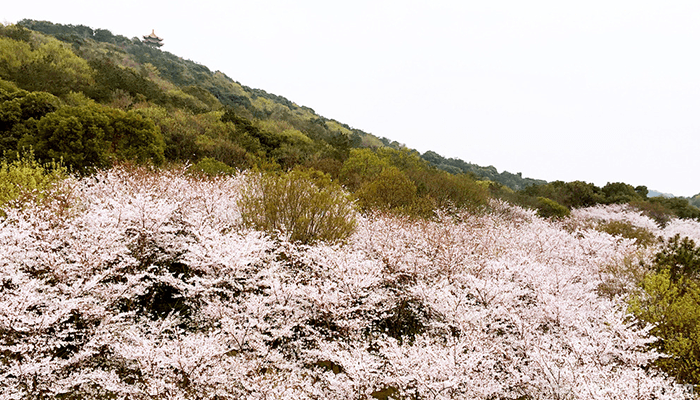
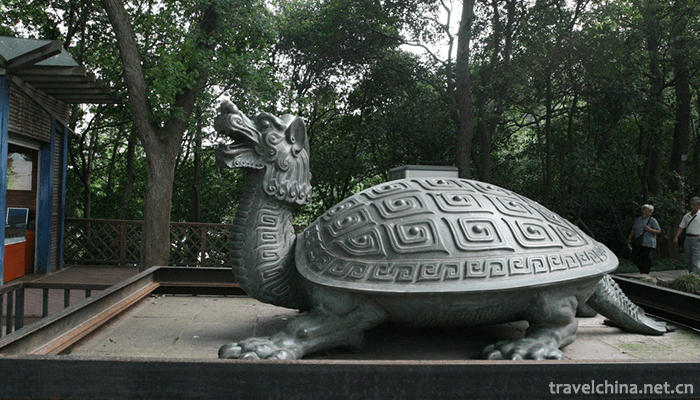
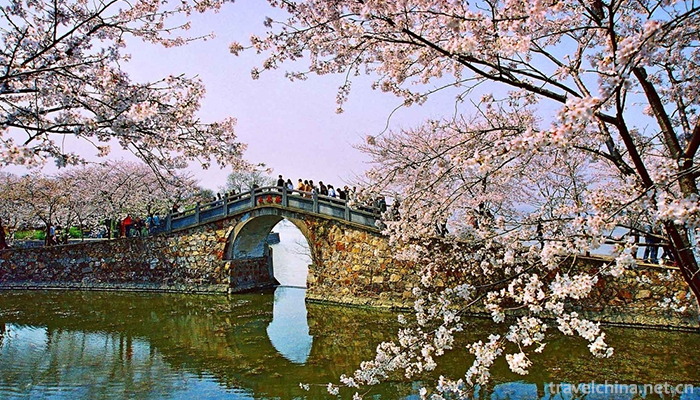
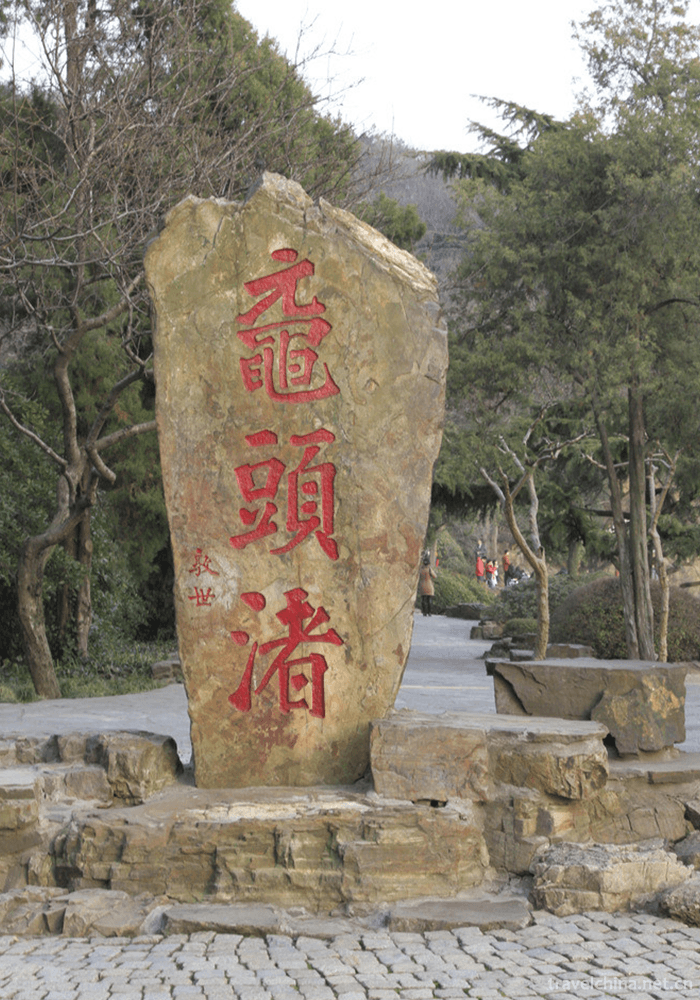
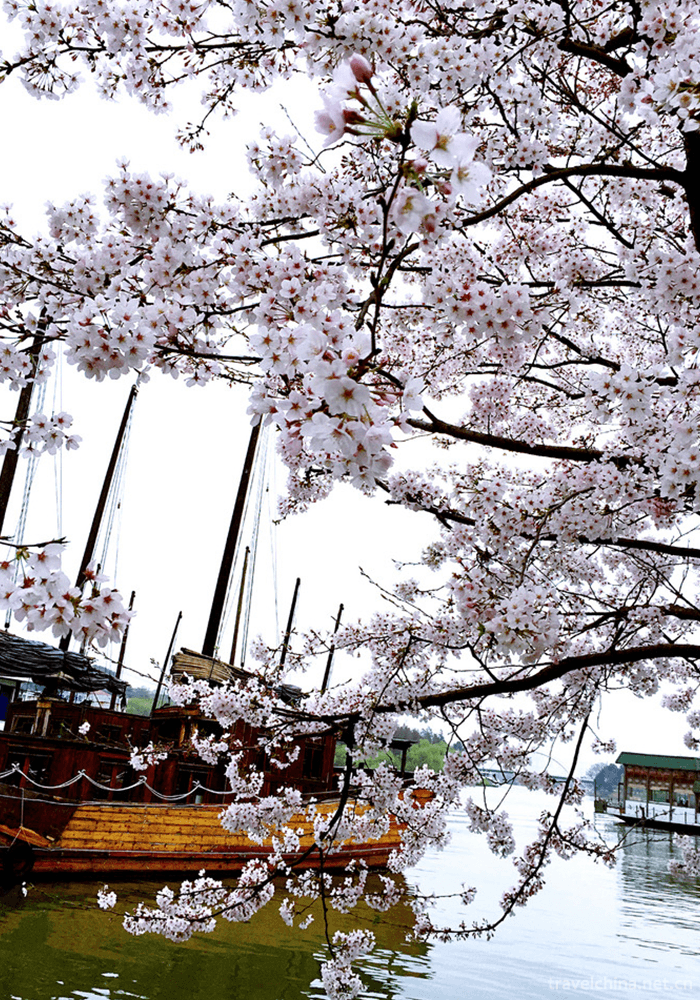
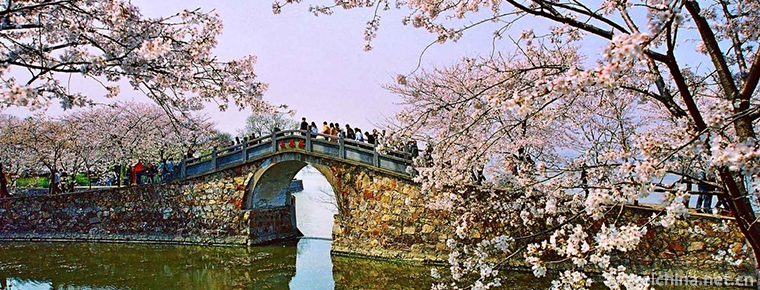
Turtle Head Islet
-
Tiger Leaping Gorge
Tiger Leaping Gorge, known as "danger", is one of the deepest canyons in China
Views: 266 Time 2018-10-17 -
Wonton Noodle
The wonton noodle is also called the bamboo rising face. It is a characteristic snack in Guangzhou. It originated in Guangzhou and Guangdong cuisine
Views: 246 Time 2018-11-14 -
Futian Shangri La Hotel Shenzhen
The second Shangri-La Hotel Group, Shenzhen Futian Shangri-La Hotel, is located in the downtown area of Futian Business District. It can easily reach Shenzhen Convention and Exhibition Center, large s
Views: 700 Time 2018-12-16 -
Shanghai Zoo
Shanghai Zoo is located at 2381 Hongqiao Road, Changning District, Shanghai, which is close to Shanghai Hongqiao International Airport. Founded in 1954, originally known as the West Suburb Park. Shang
Views: 140 Time 2018-12-19 -
The tru Valley
Turugou is located in Liancheng Forest, Yongdeng County, 160 kilometers northwest of Lanzhou City. It belongs to the eastern foot of Qilian Mountains.
Views: 225 Time 2019-02-22 -
Bai nationality tiedyeing skills
Bai tie-dyeing technology, the local traditional textile dyeing technology in Dali City, Yunnan Province, is one of the national intangible cultural heritage.
Views: 250 Time 2019-04-03 -
Chengdu lacquer art
Chengdu lacquer art, the traditional handicraft of Chengdu City, Sichuan Province, is one of the national intangible cultural heritage.
Views: 182 Time 2019-04-18 -
Eastern Mongolian Folk Stories in Kazuo
The Folktales of Kazuo East Mongolia are spread in an oral literature in the left-wing Mongolian Autonomous County of Karaqin. Folk narrators, in the traditional way of oral narration and singing,
Views: 128 Time 2019-05-08 -
Qin an Xiaoqu
Qin'an Xiaoqu, also known as the old tune of Qin'an, is one of the national intangible cultural heritages. It is an ancient traditional folk art variety formed and mainly popular in Qin'an and other c
Views: 189 Time 2019-06-10 -
Fallen Drama zhui zi xi
Fallen Drama, a traditional drama in Shenze County of Hebei Province and Suzhou City of Anhui Province, is one of the national intangible cultural heritages.
Views: 255 Time 2019-08-16 -
Deyang Education
By the end of 2018, Deyang had 856 schools, with 33000 full-time teachers and 543000 students. Among them, 339 primary schools enroll 32000 students and 185000 students; 123 junior high schools, 28000 students and 80000 students; 23 senior high schools
Views: 373 Time 2020-12-14
